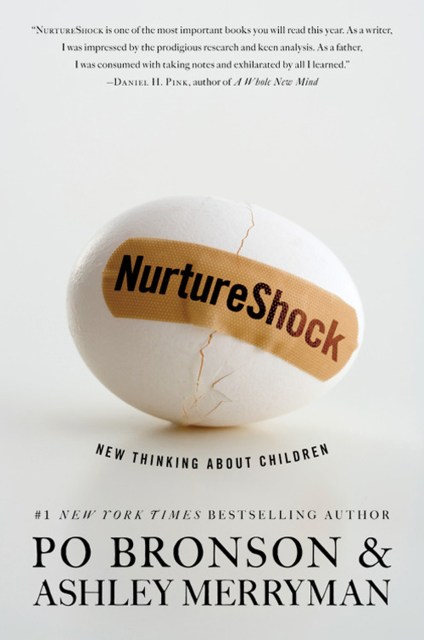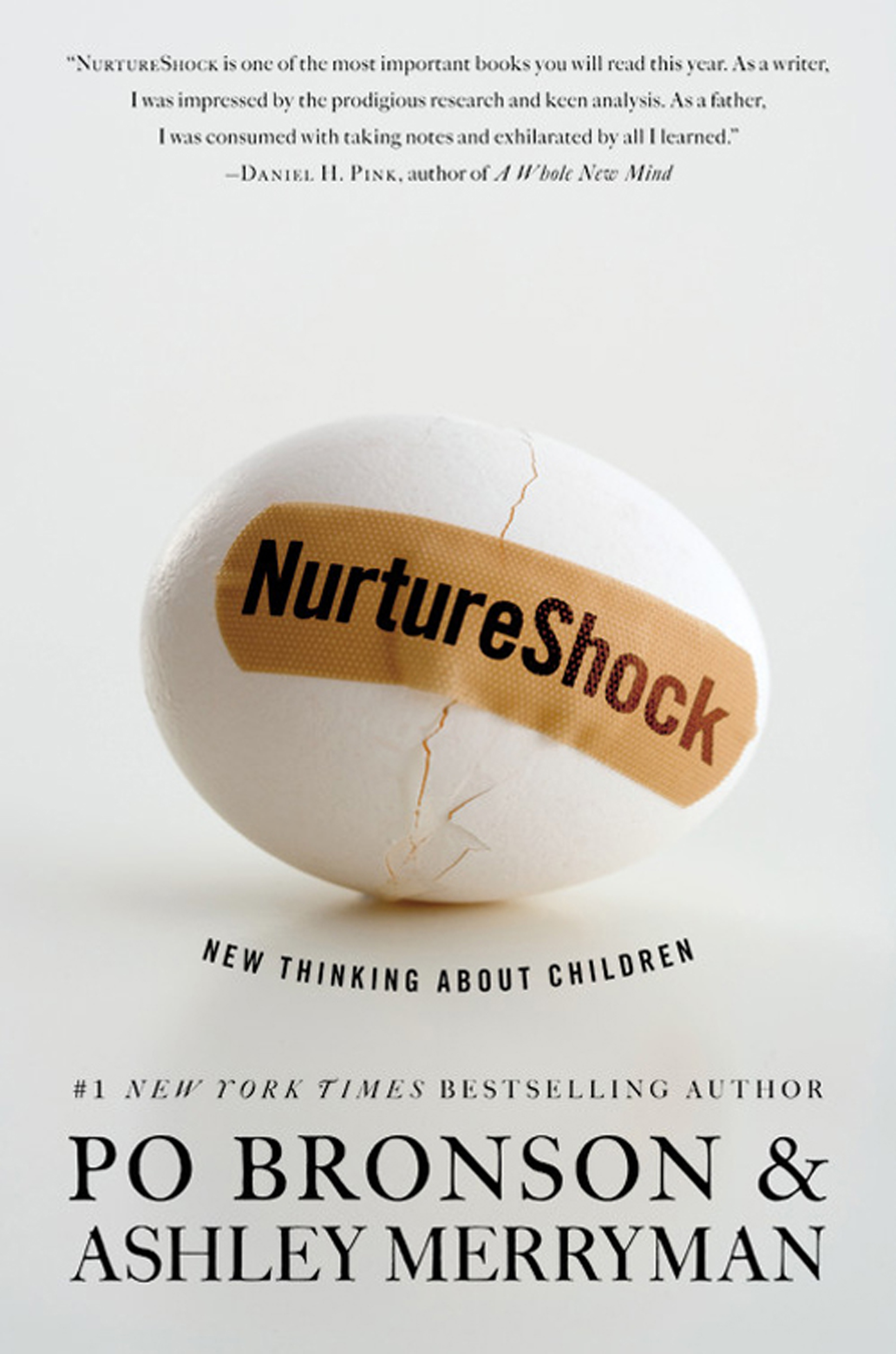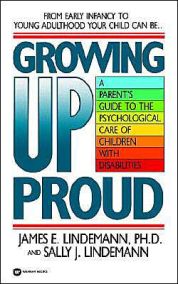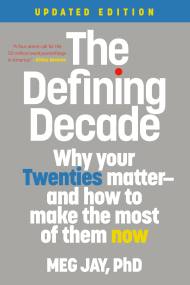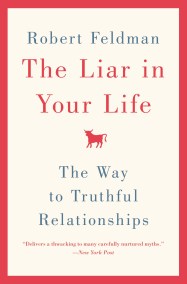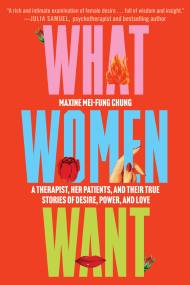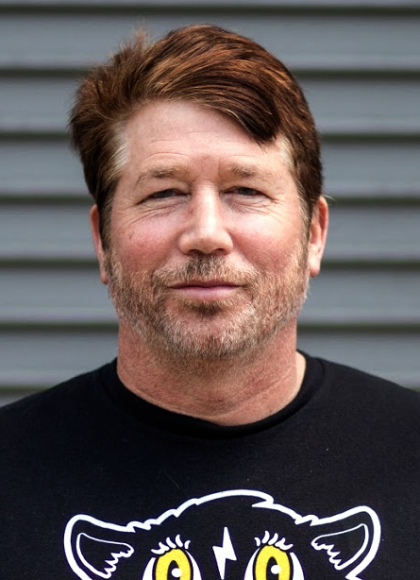Promotion
Use code MOM24 for 20% off site wide + free shipping over $45
NurtureShock
New Thinking About Children
Contributors
By Po Bronson
By Ashley Merryman
Formats and Prices
Price
$11.99Price
$15.99 CADFormat
Format:
- ebook $11.99 $15.99 CAD
- Audiobook Download (Unabridged)
- Trade Paperback $19.99 $25.99 CAD
This item is a preorder. Your payment method will be charged immediately, and the product is expected to ship on or around September 3, 2009. This date is subject to change due to shipping delays beyond our control.
Also available from:
In a world of modern, involved, caring parents, why are so many kids aggressive and cruel? Where is intelligence hidden in the brain, and why does that matter? Why do cross-racial friendships decrease in schools that are more integrated? If 98% of kids think lying is morally wrong, then why do 98% of kids lie? What’s the single most important thing that helps infants learn language?
NurtureShock is a groundbreaking collaboration between award-winning science journalists Po Bronson and Ashley Merryman. They argue that when it comes to children, we’ve mistaken good intentions for good ideas. With impeccable storytelling and razor-sharp analysis, they demonstrate that many of modern society’s strategies for nurturing children are in fact backfiring–because key twists in the science have been overlooked.
Nothing like a parenting manual, the authors’ work is an insightful exploration of themes and issues that transcend children’s (and adults’) lives.
NurtureShock is a groundbreaking collaboration between award-winning science journalists Po Bronson and Ashley Merryman. They argue that when it comes to children, we’ve mistaken good intentions for good ideas. With impeccable storytelling and razor-sharp analysis, they demonstrate that many of modern society’s strategies for nurturing children are in fact backfiring–because key twists in the science have been overlooked.
Nothing like a parenting manual, the authors’ work is an insightful exploration of themes and issues that transcend children’s (and adults’) lives.
Genre:
- On Sale
- Sep 3, 2009
- Page Count
- 352 pages
- Publisher
- Twelve
- ISBN-13
- 9780446563321
Newsletter Signup
By clicking ‘Sign Up,’ I acknowledge that I have read and agree to Hachette Book Group’s Privacy Policy and Terms of Use
